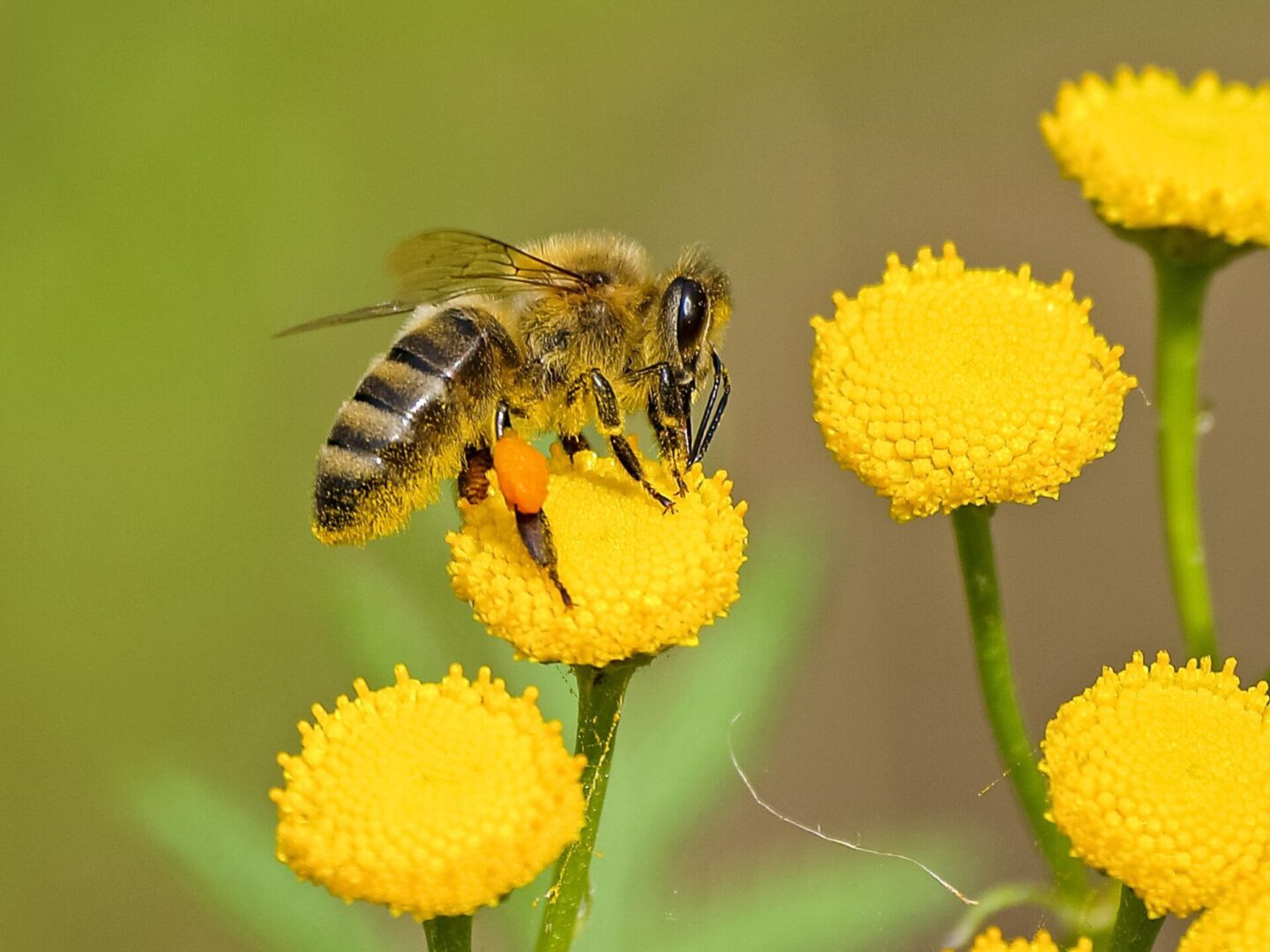Understanding African, Africanized and European Honey Bees
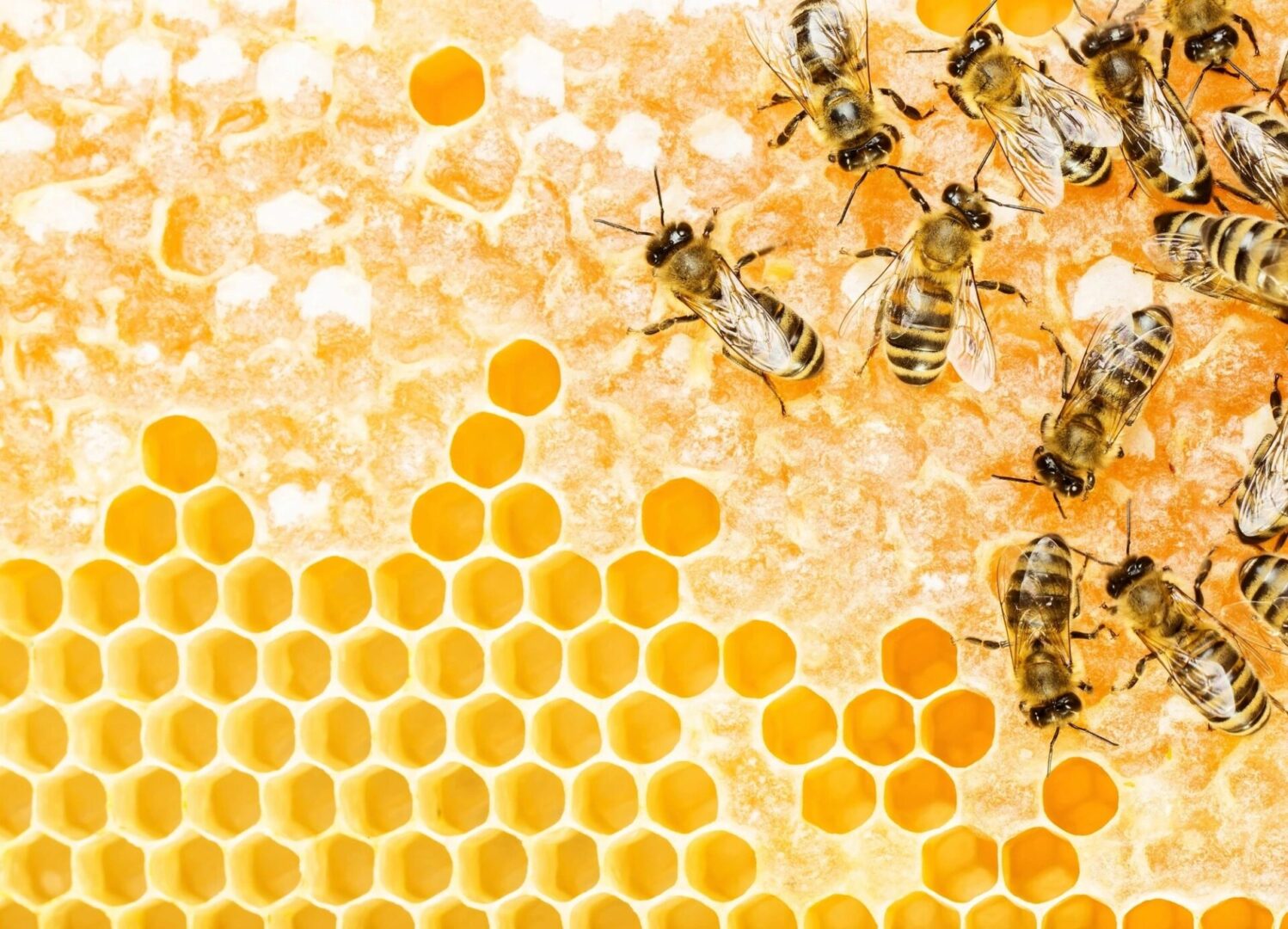
What is the Difference Between African, Africanized and European Honey Bees?
Several races or subspecies of honey bees reside in Africa. One from the central and southern parts of the continent, Apis mellifera scutellata, is the predominant parental type introduced into South America. This is the African honey bee, so often sensationalized in the media as the “killer bee”. The European honey bees common to North America are combinations of many European subspecies imported over the past several centuries.
Hybridization can occur between the African and European races of honey bees since they are the same species of honey bee. The term "Africanized" is traditionally applied to all progeny resulting from mating between European and African bees. The acronym "AHB" is now a commonly used, practical identification term.

What Other Traits Can Be Seen in The African Honey Bee Parental Type?
The survival strategy of the African honey bee is to invest resources in producing large numbers of progeny and generating many reproductive swarms. Thus, colonies that are frequently lost due to severe predation and harsh environmental conditions in Africa are replaced quickly. In response to these conditions, the African bee will also abscond (vacate the nest and move elsewhere) frequently. African bees also differ in their nesting behavior and will nest in smaller cavities, man-made structures, underground, or on exposed tree limbs (Figure 1), which is unusual for European bees.
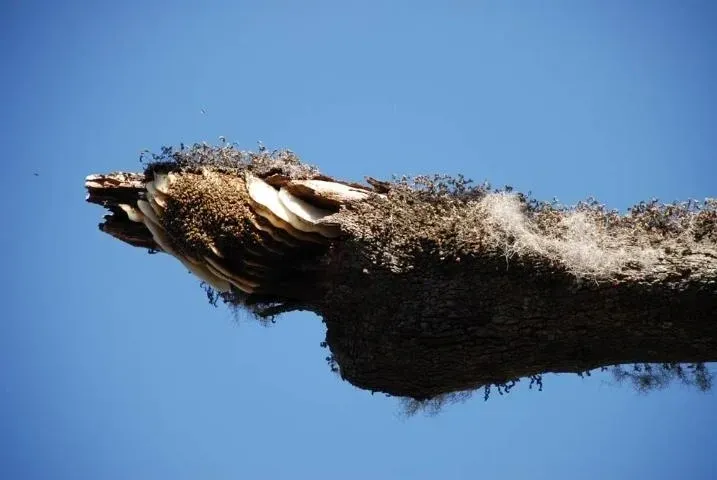
Exposed African Bee Nest on a Tree Limb
The physical differences between African and European bees cannot be seen by the unaided eye. African bee identification in Florida is done at the Florida Department of Agriculture and Consumer Services apiary lab using a microscope and computerized analysis tools.
The European honey bee's survival strategy is different from that of the African bee; it defends its nest, absconds, and swarms to a much lesser extent. More energy goes into producing and storing the honey needed to successfully get through long parts of the year (winter) when resources are absent. Such characteristics make the European bee well-suited to temperate environments
What is the History of the African Honey Bee?
Honey bees from Africa were imported to Brazil in the 1950s. The purpose was to introduce genetic material from the tropically adapted African bees into the resident European bees, thereby creating a bee better suited for a tropical environment. In 1957, several African queen bees were released accidentally. Their descendants quickly established a large feral population, which had not existed in South America previously. The success of the African honey bee reflects superior adaptation to the tropical environment as compared to that of the European bee. Over the next four decades, the wild African honey bee population expanded into most of the tropical and subtropical parts of the Americas. African bees entered South Texas in the early 1990s and have since dispersed throughout several Southwestern states. The first documentation of African bees in Florida came in 2001, near the Port of Tampa. By 2003, African bees had established colonies in and around the Tampa area and have since spread throughout the state. Today, estimates suggest that >70% of the wild bee colonies in South Florida are African honey bees.
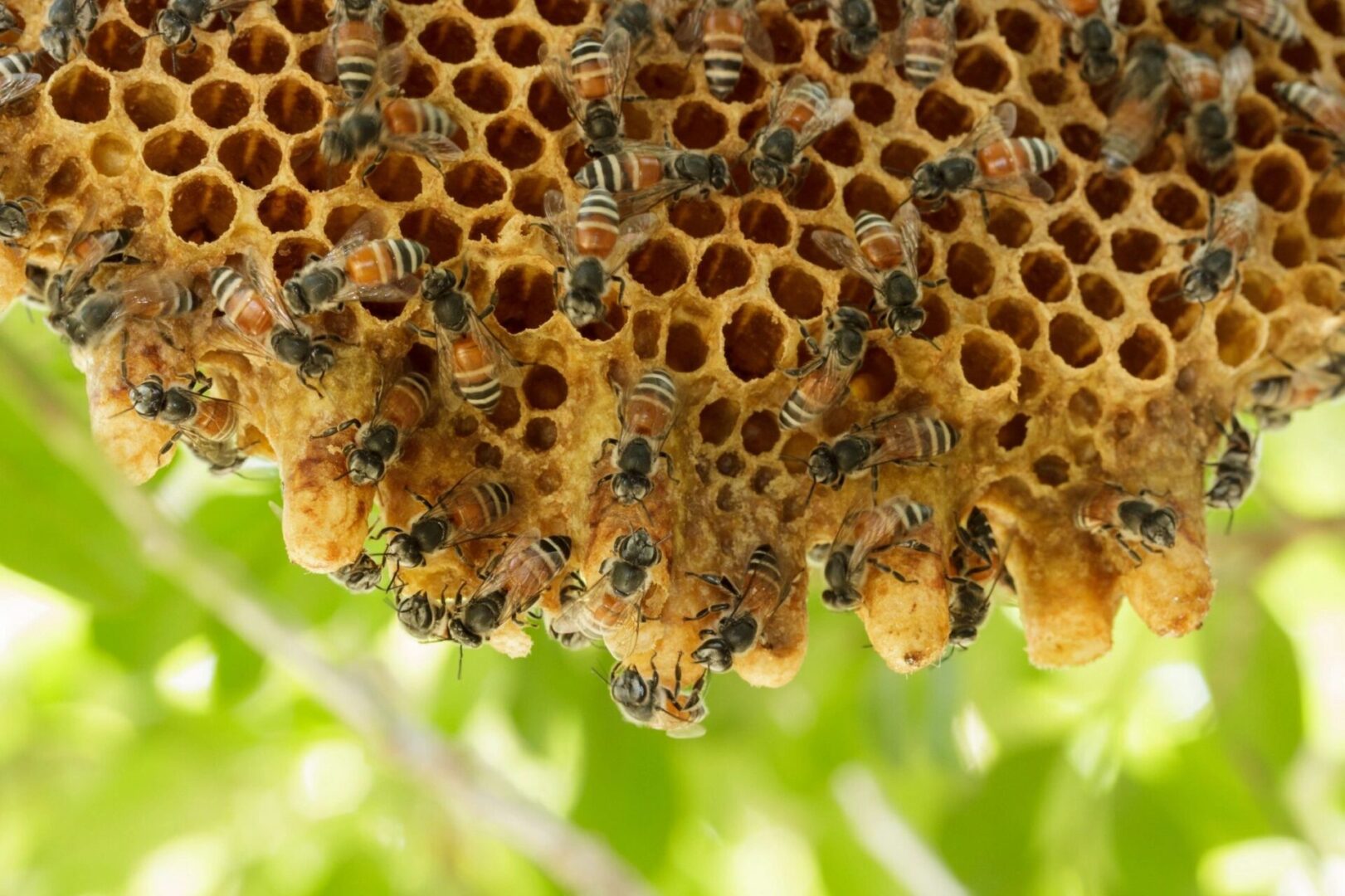
What is the African Bee Parental Type's Most Noticeable Characteristic?
The African honey bee defends its nest far more intensely than does the European honey bee. The African honey bee responds quickly to disturbances by people or animals, sometimes in excess of 50 feet from the nest. They can even sense vibrations from power equipment >100 feet from the nest. African honey bees can chase a disturbance up to a mile or more. Their defensive behavior is an evolutionary response to their many biological competitors, including honey badgers, bee-eaters, and even humans, in their native range.
In contrast, the European honey bee population in the U.S. has been selected by beekeepers for manageable traits (gentleness, reduced swarming, and high honey production). Consequently, the European bee is much more gentle and predictable in its behavior than the African honey bee, though colonies of European honey bees can also be very defensive.
What Are the Traits of The African Honey Bee in South and Central America?
The African honey bee may show all the degrees of behavior expected in either European or African bees. However, tropical conditions in South and Central America have favored the African gene pool. Genetic research has shown that the wild African honey bee population is composed of unbroken African matriarchal lines extending back to the queen bees originally brought to Brazil. As the wild African honey bee population expanded and encountered managed European bees, mating occurred between them. European queen bees from managed apiaries mated readily with wild African drones, and the “Africanized” progeny inherited and expressed the African characteristics, including heightened defensiveness. However, few matings between wild African queens and European drones seemed to have occurred, and to a large extent, the few hybrid progeny produced appear not to have persisted. Superior adaptation to the tropics is probably responsible for preserving the African genetic composition.
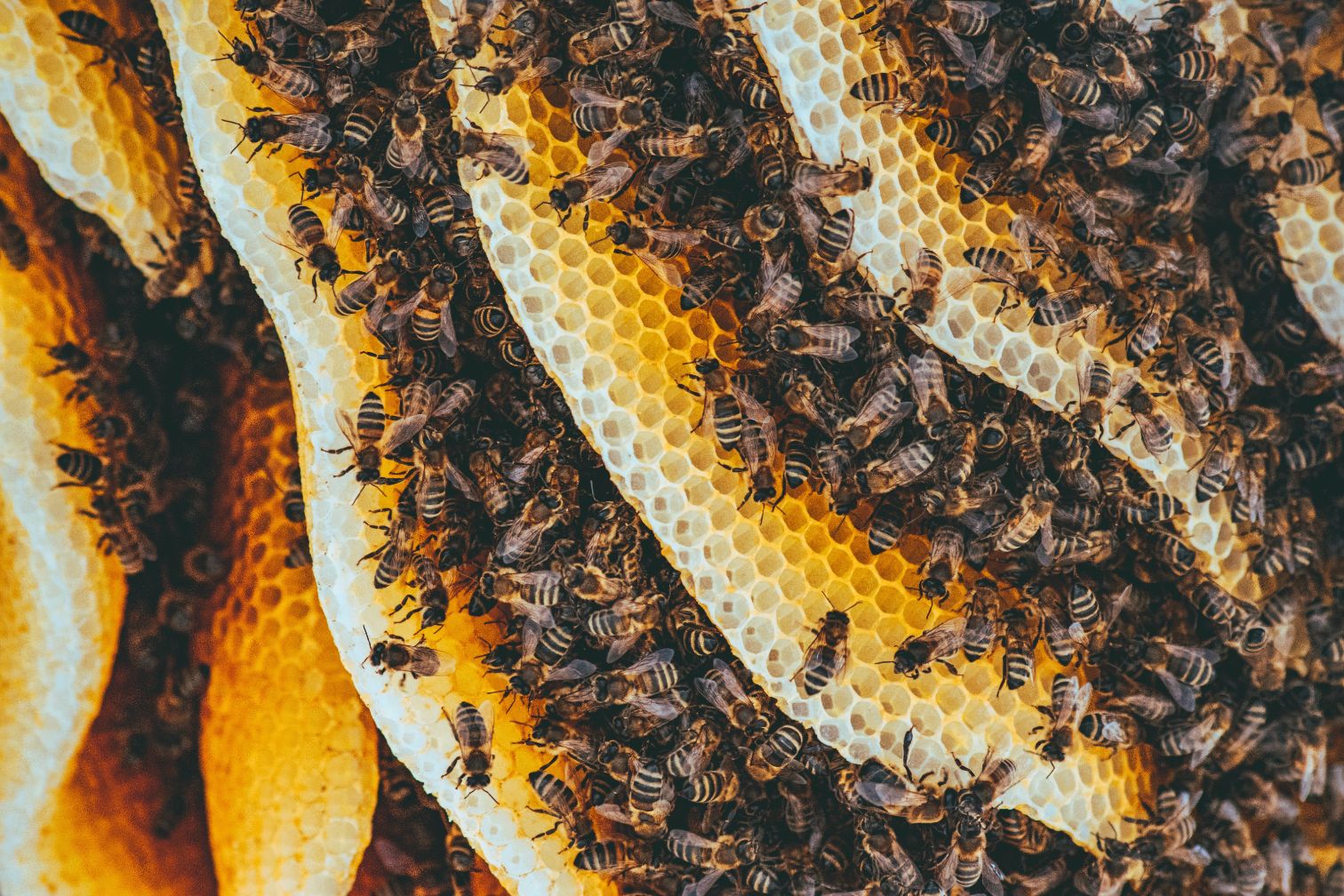
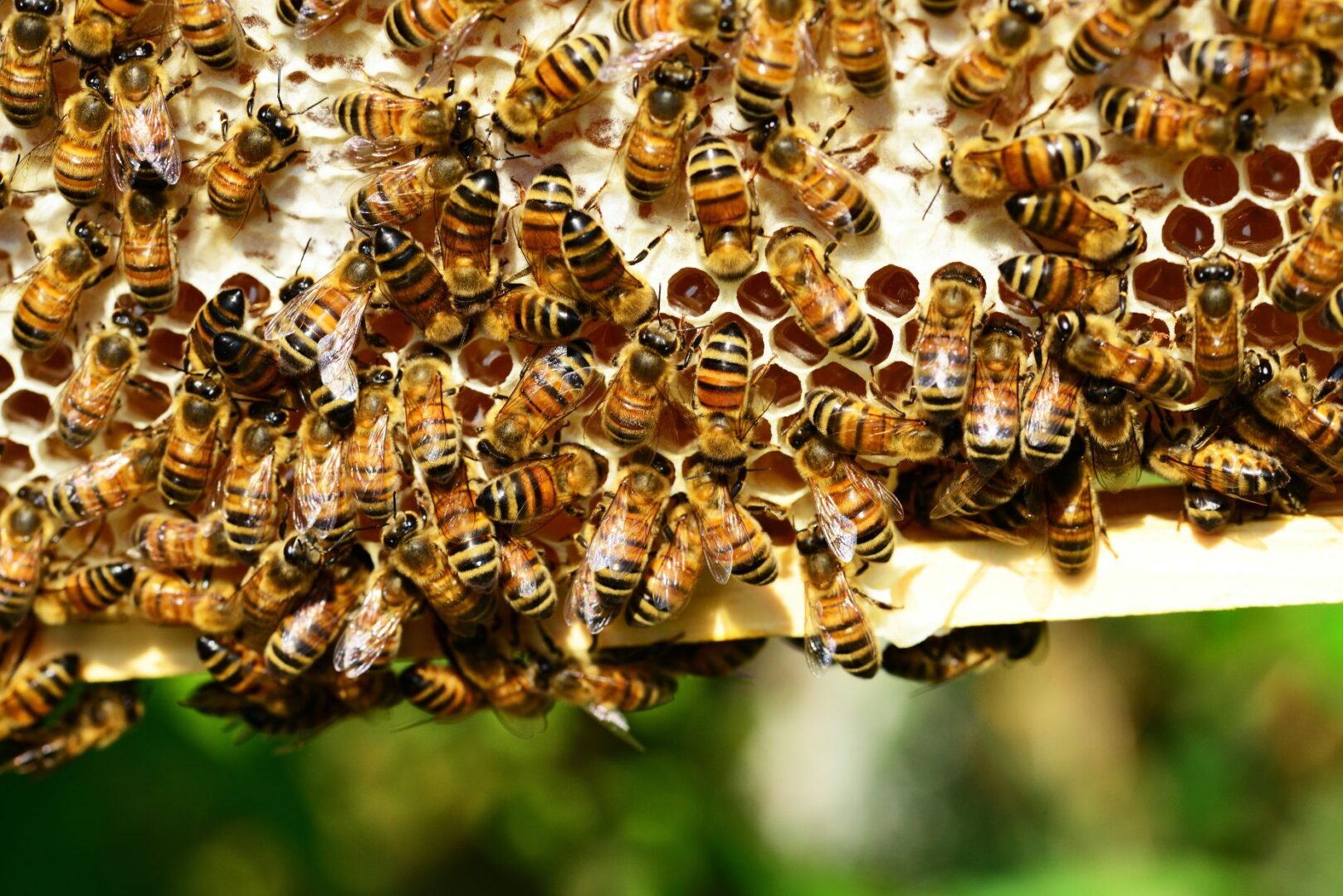
What Have Been the Effects Of the African Honey Bee on South and Central American Beekeeping?
Bees with predominantly African characteristics initially brought hardship to much of the South and Central American beekeeping industry. Beekeepers were not prepared for the large, wild population of African honey bees that invaded their area; they saw their own bees change rapidly and were not prepared to cope with the heightened defensive behavior. Honey production rapidly declined in areas invaded by wild African honey bee colonies, as many beekeepers simply did not adapt and abandoned their apiaries altogether. Those who remained in business found locations increasingly difficult to obtain because of the bees' deserved reputation for extreme defensiveness. Over time, beekeepers have adopted management strategies to manage the African honey bee. Beekeeping has returned to many areas in South and Central America, although often in a much different form.
What Has the African Honey Bee Meant to The South and Central American General Public?
Like beekeepers, the general public was unaware of the spread of wild, defensive African honey bees after their release. As the wild population expanded in size and filled a large ecological vacuum, increased African bee-human contact was inevitable. Because of the African honey bees' generalist nesting behaviors, many people were unaware of African bee colonies until they accidentally disrupted them. As with many invasive species, the public was unfamiliar with the behavior of African honey bees. Those with bee experience did not understand the behavioral differences, and therefore treated the African honey bee as they had the resident European bee.
With the African honey bee nesting in a wide variety of sites, coupled with their erratic defensive behavior, a substantial number of stinging incidents involving both humans and animals resulted. These incidents were often sensationalized by the local press. Once the invading wave passed, the general public and public agencies had to contend with the reality that a large number of defensive honey bees would be a permanent part of their environment.
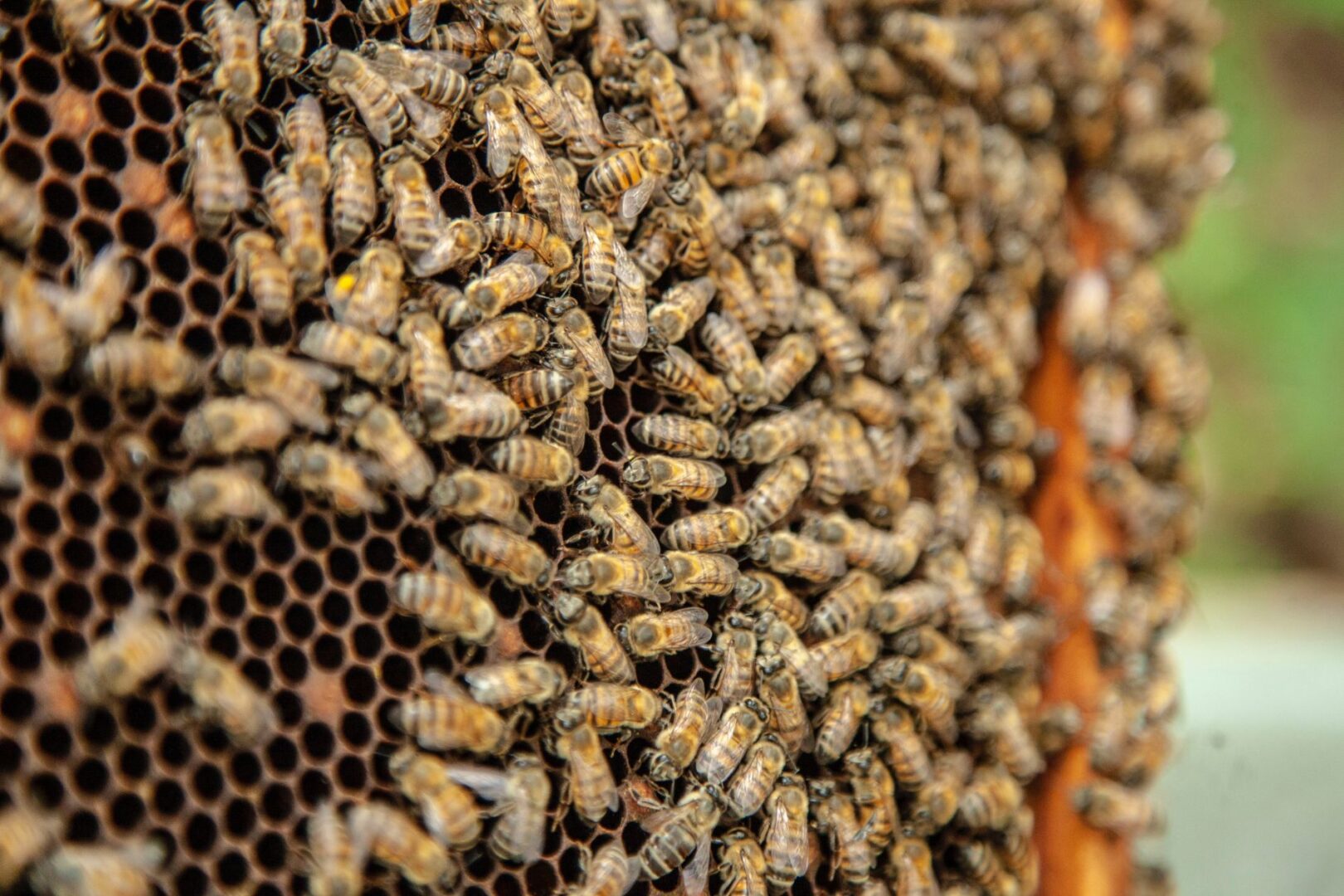
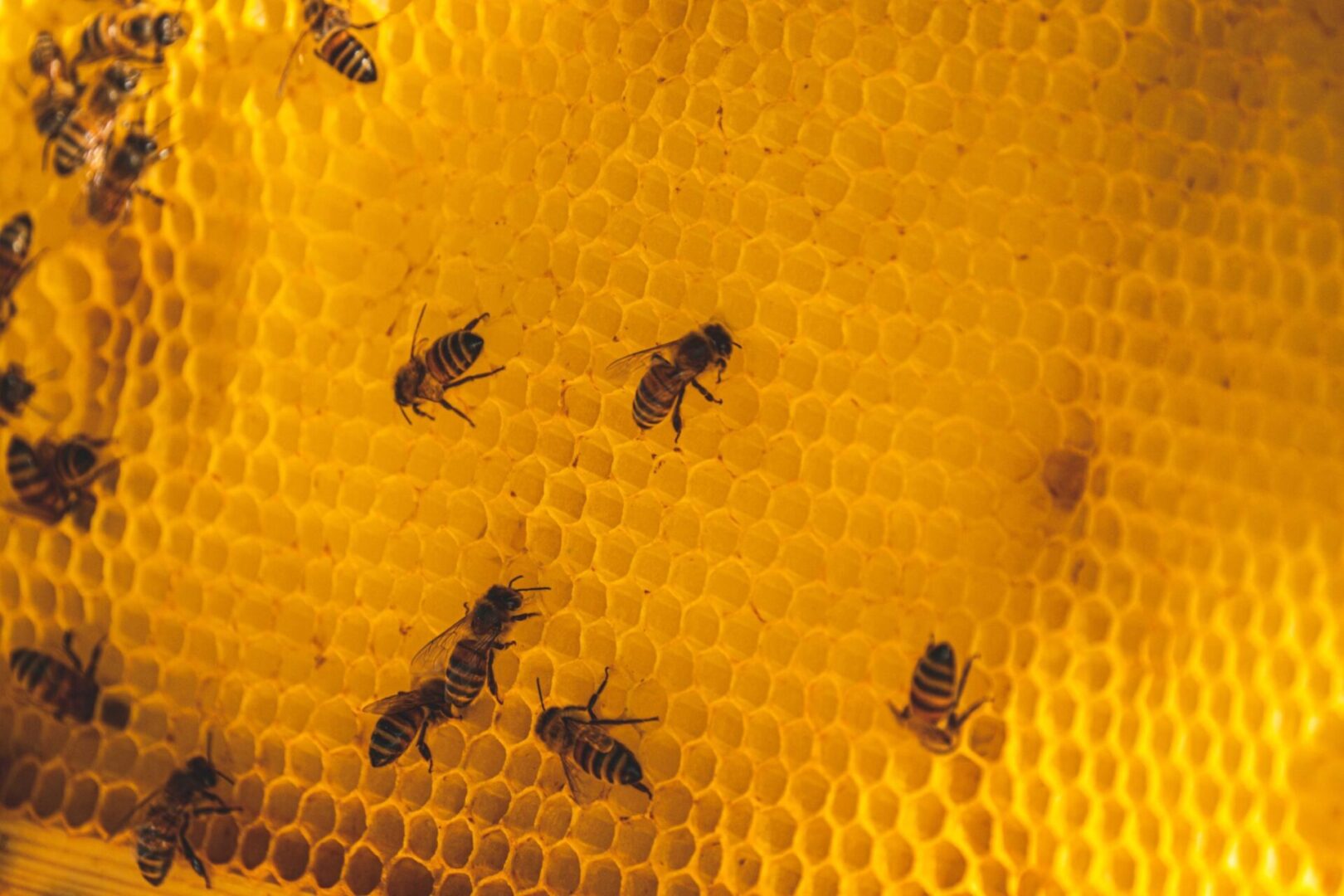
How Will the Arrival of the African Honey Bee Affect the U.S. Beekeeping Industry?
Because the U.S. beekeeping industry was informed and prepared for the African honey bee invasion, it has not suffered extensive damage. For example, African bees have had no significant economic impact on honey production by beekeepers in Florida. The introduction of African bees in Florida has caused some alterations in beekeeping practices. These alterations were encouraged through best management practices (BMPs) provided by the Apiary Section of the Florida Department of Agriculture and Consumer Services Division of Plant Industry. The BMPs were provided to the beekeeping industry in an effort to minimize the impact of African bees on traditional beekeeping. Beekeeping practices, as outlined in the BMPs, include modifications such as re-queening more often, purchasing marked queens from a reputable European breeder, and careful observation of colonies.
Although the African honey bee has been introduced only recently to Florida, it appears that keeping managed European colonies may help keep African bees out of new territory by providing intense competition for resources. Therefore, beekeepers will become one of the principal resources to whom the general public and agriculturalists can turn as they confront the African honey bee.

How Much of the U.S. Will the AHB Occupy?
In the tropics, African honey bees moved about 300 kilometers (~186 miles) per year. Since their introduction into Texas in 1990, the bees' rate of spread in temperate areas of the U.S. has been slowed considerably. However, as of July 2009, African bees have been confirmed in Texas, New Mexico, Arizona, California, Nevada, Utah, Louisiana, Oklahoma, Arkansas, and Florida.
As the AHB spreads into temperate regions, it will have fewer survival advantages than the resident European bee, but a continual rethinking of the bees' effect on humans, animals, and the environment will be in order.
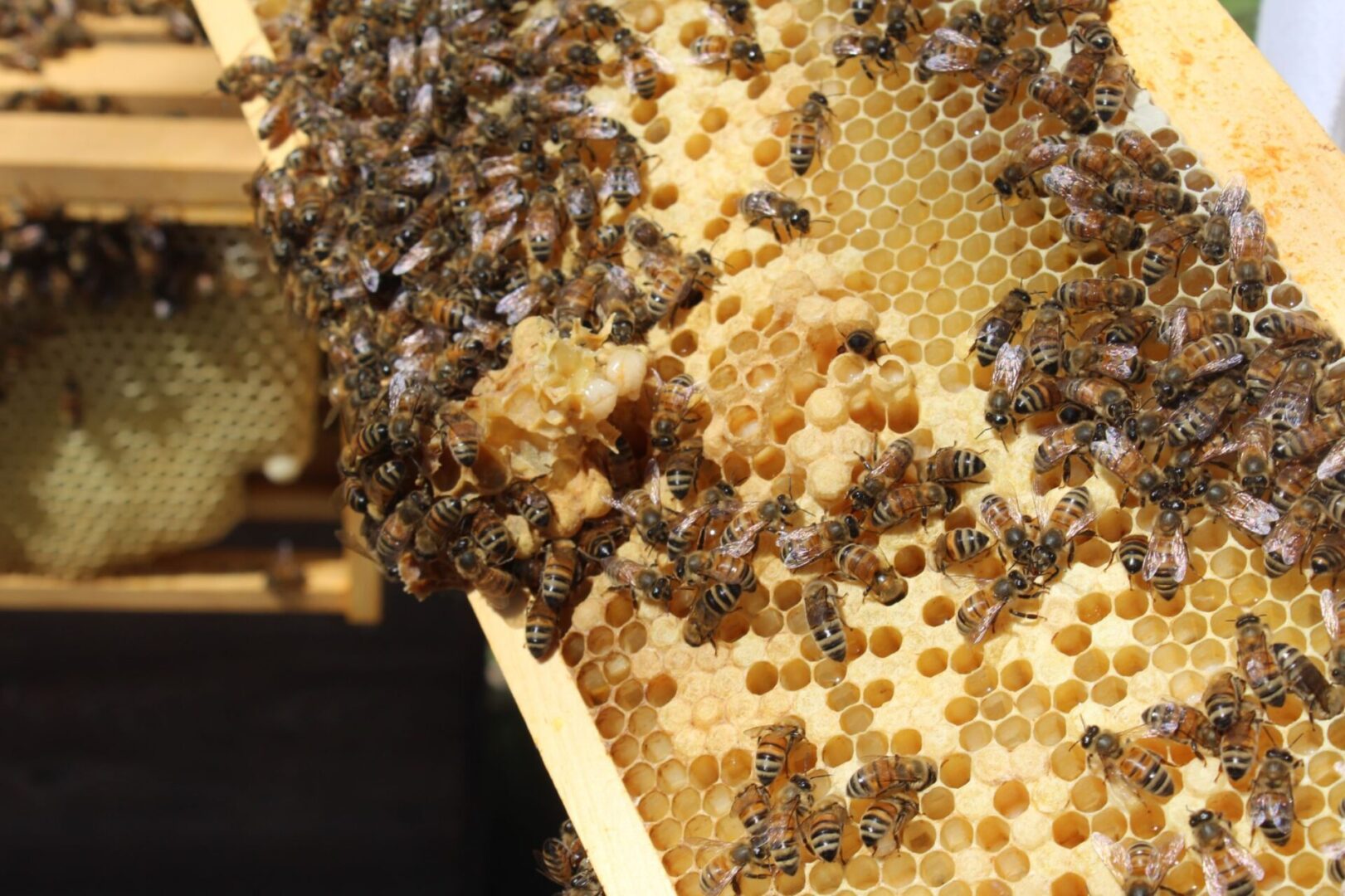
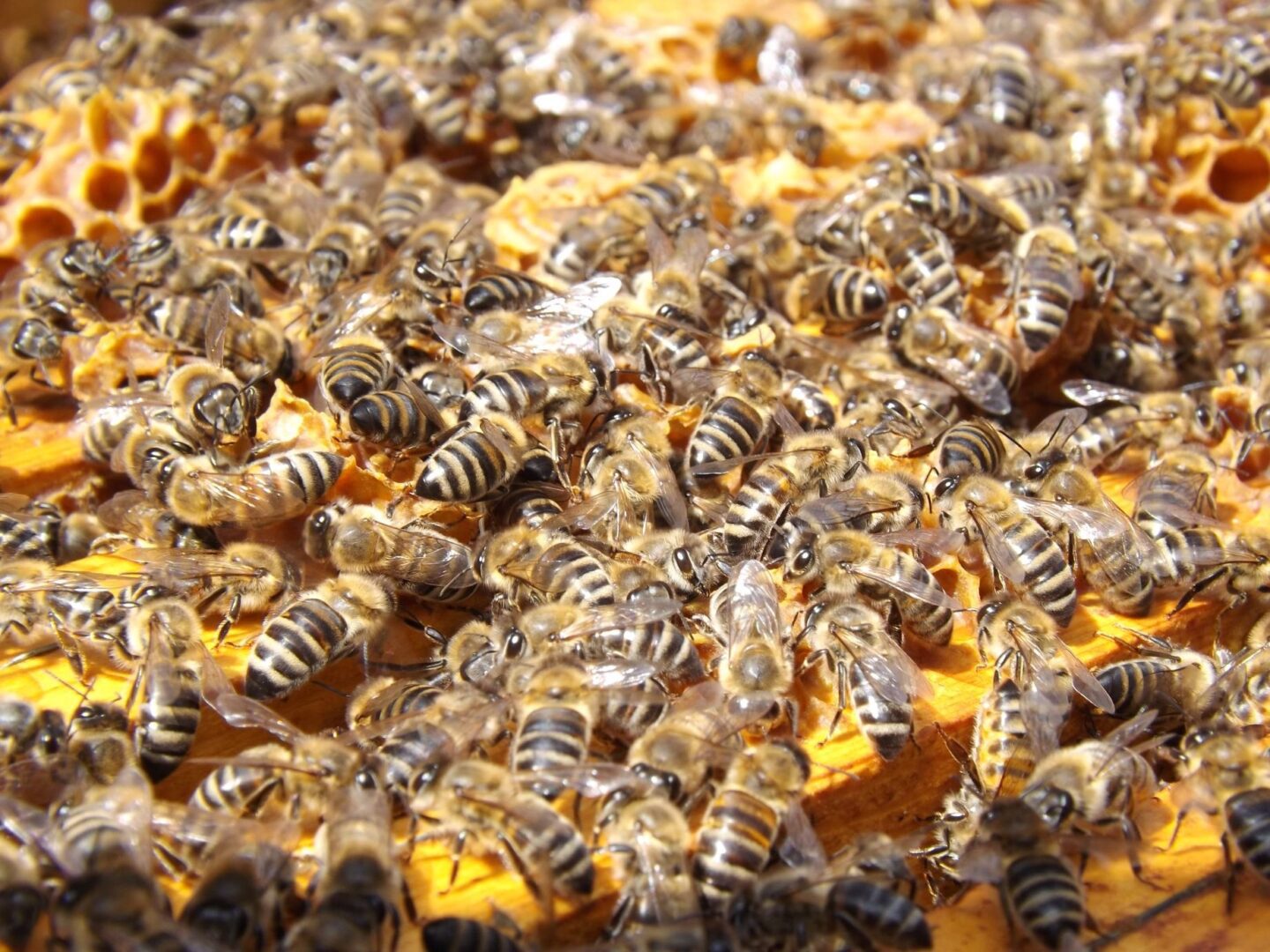
Where is the AHB Present in Florida?
It had been predicted that the population of African honey bees that expanded into the southern U.S. would move quickly across the Gulf Coast states and into Florida. However, for many years and for unknown reasons, the bees had not moved beyond eastern Texas. Careful monitoring with bait hives was established in Florida, and bait hives are still in use at ports, along the interstate, and at various locations around the state where the bees are likely to spread. The bait hives are maintained and checked regularly by apiary inspectors of the Florida Department of Agriculture and Consumer Services. In the years since 2001, the number of captured African honey bee swarms has increased steadily.
How Will the AHB Affect the Florida Public?
Due to effective monitoring and detection methods and predictions that African bees would eventually reach Florida, state officials, researchers, and extension agents developed an education program to help the citizens of Florida understand and respond to the African bee introduction. Unlike South and Central America, Florida's preparedness helped minimize human contact with Africanized bees. Although human stinging incidents do occur every year on account of African bees, animals are the most victimized mammals due to their inability to escape tethering, corrals, kennels, etc., while being attacked.
African bee training programs have been implemented around the state to provide training for first responders as well as pest control operators in order to safely handle an attack, should one occur.
Additionally, the African Bee Extension and Education program (AFBEE) has been initiated in Florida, and members provide African bee-related resources for beekeepers, homeowners, outdoor workers, schools, pest control operators, first responders, county agents, state parks, medical personnel, tourists, and veterinarians.
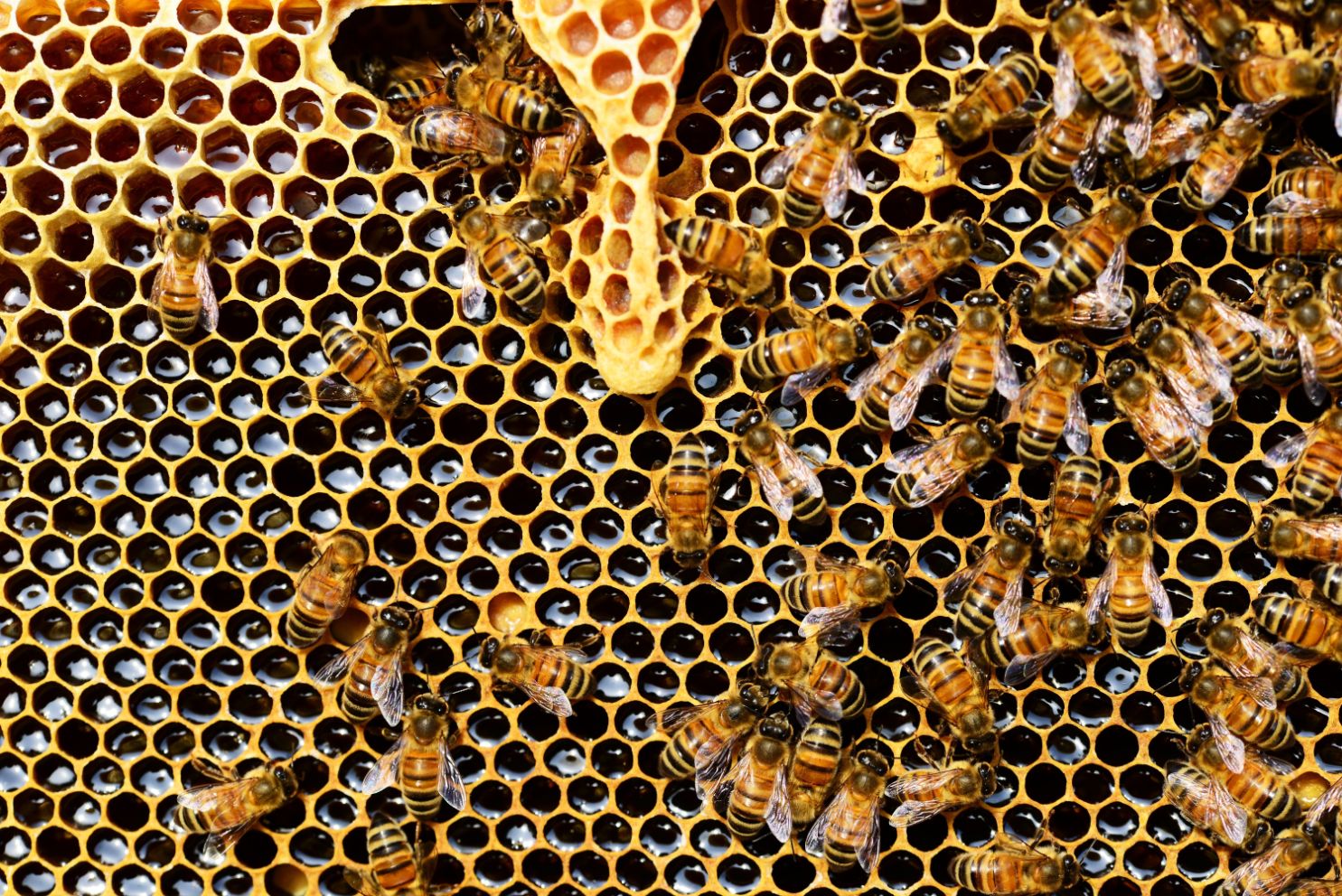

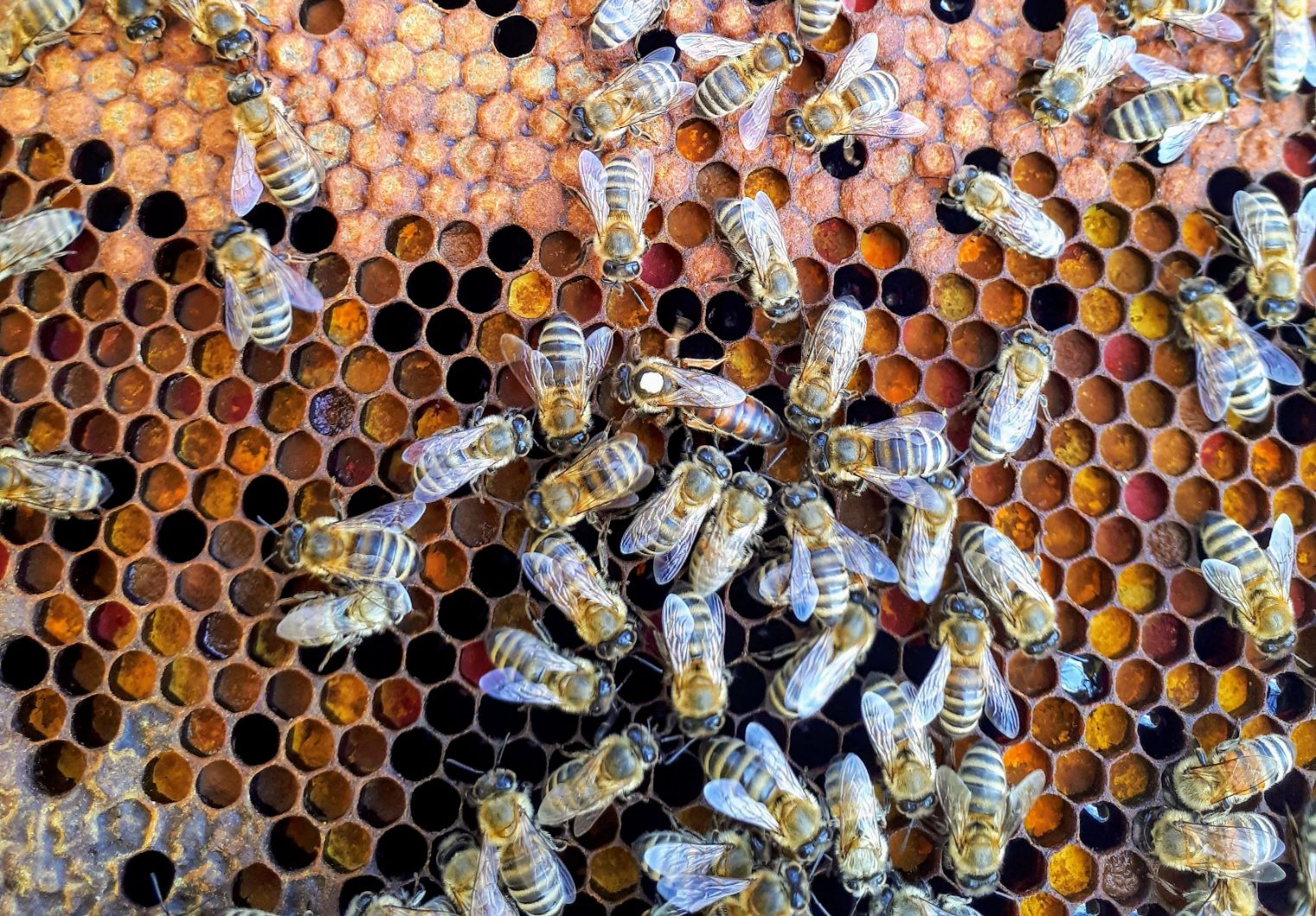
What Action Should Be Taken by the Beekeeping Industry and Regulatory Officials to Deal With the AHB?
The Florida Department of Agriculture and Consumer Services – Division of Plant Industry, has an apiary section with 16 apiary inspectors disbursed throughout the state. The apiary section, in collaboration with the USDA is responsible for monitoring the spread of African honey bees. Thanks to these monitoring programs, the public has full knowledge of the movements of the African bees and can prepare for their introduction.
Beekeepers must show the general public that they are the first line of defense against the African honey bee. To do this, they should follow the BMPs established by FDACS-DPI. Furthermore, experience in Latin America has shown that wild African honey bee reproductive swarms, although naturally gentle themselves, can develop into large colonies of extremely defensive bees when a nest site is selected and actively used. Thus, the common and rewarding practice of capturing and maintaining wild swarms (those from unmanaged apiaries) by beekeepers is now discouraged by state personnel, and swarm/wild colony removal should be performed only by a pest control operator certified in stinging insect colony removal or eradication. Members of the AFBEE program provide that training to participating pest control operators. The reason wild colonies removed by PCOs are eradicated is because a wild colony can become a liability issue for the property owner should any stinging incident involving the bees occur and the bees be shown to be African. Even if the colony was not Africanized, it is always possible that it will become Africanized through hybridization in the future. Therefore, it is safest to eradicate the colony.
What Can I Do to Protect My Home and Family From AHB?
You can start by bee-proofing your home and yard:
Remove the potential nesting site
Inspect exterior walls and eaves
Seal openings greater than 1/8-inch
Install screens (1/8-inch hardware cloth) over vents, rain spouts, water meter/utility boxes, tree cavities, etc.
During peak swarming season (spring through fall), inspect once or twice a week for any bee activity.
Educate your family to follow general precautions and have a bee safety plan:
Listen for buzzing and look for bees entering or leaving an area, indicating a nest or swarm
Carefully enter areas where bees might be nesting (garages, sheds, old cars, etc.)
Examine the area prior to using noisy power equipment (lawn mowers, blowers, chain saws, etc.).
Examine areas before tying or penning pets and livestock
Never disturb a swarm or colony of bees -- contact a pest control company or your cooperative extension agent for assistance.
If you know you are allergic to bee stings, check with your doctor about a sting kit.
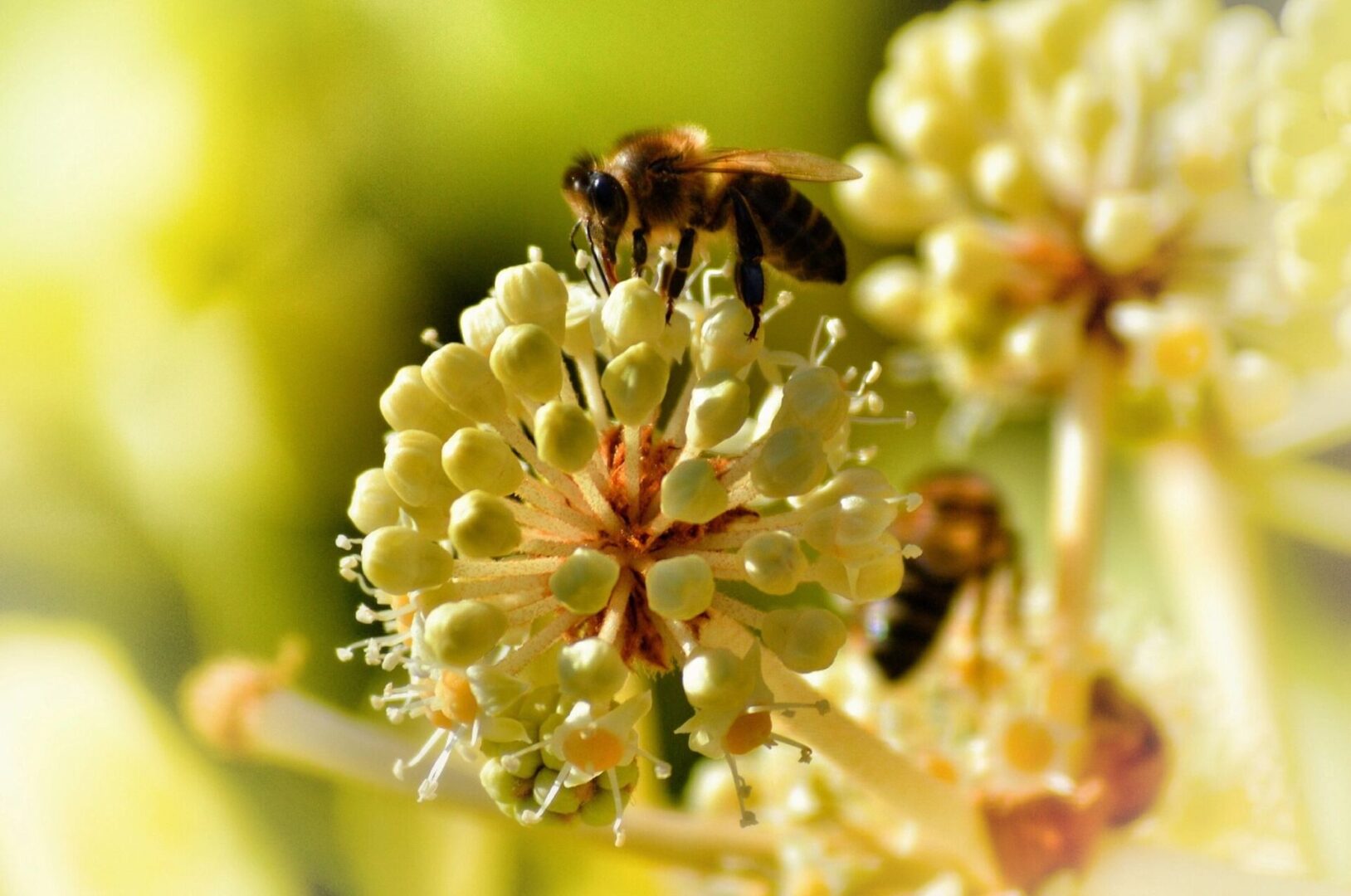
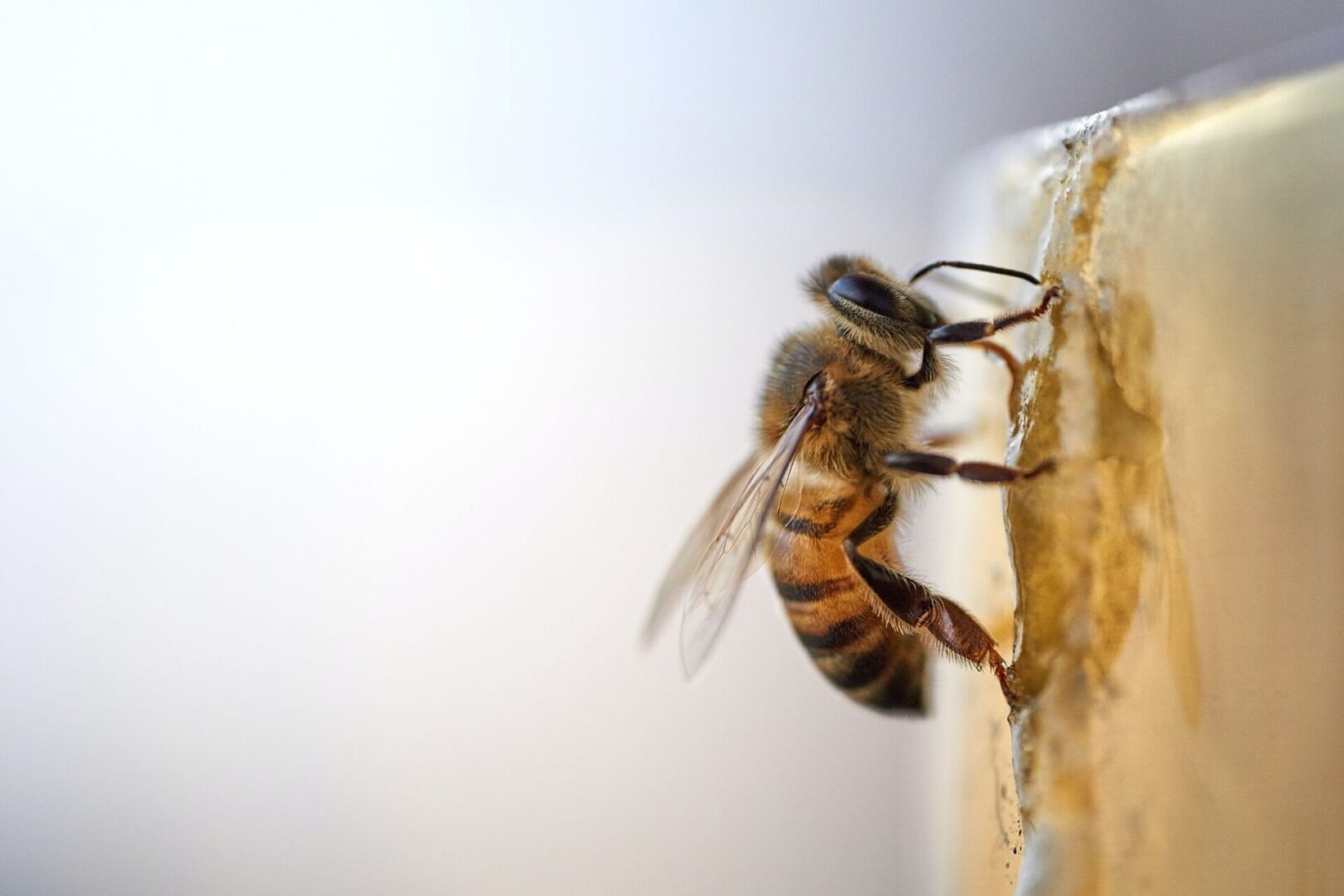
What Should I Do if I Locate a Swarm or Colony of Bees on My Property?
If you find bees on your property, stay away. If the swarm or colony is disturbed:
Get away from bees as quickly as possible. Africanized bees sting in defense, so removing yourself from the area decreases the threat.
Protect your face and airways as you run away
Take shelter in an enclosed area (shed, house, vehicle, etc.)
Call a local pest control company or your cooperative extension agent for information. Pest control companies will need to be engaged to destroy the nest
Do not swat at the bees; rapid movements will agitate them further
Call 911 if someone is being attacked

What Action Should I Take If I'm Stung by Bees?
If stung:
Scrape stingers from the skin with a blunt object as soon as possible. If not done, the venom will continue to be injected until the stinger is removed or exhausted.
Wash the sting site with soap and water to prevent infection, and apply ice to relieve pain and swelling
If an allergic reaction occurs, such as difficulty breathing or hives over large areas of the body, call 911 and/or seek emergency medical attention immediately.
If many stings are received, there is a risk of toxic envenomation (bee venom overdose), and medical attention should be sought.
Acknowledgments
This information sheet was developed by the Institute of Food and Agricultural Sciences (IFAS), the University of Florida, the African Bee Extension and Education Program, and the Africanized Honey Bee Task Force, consisting of personnel from the USDA, APHIS; Division of Plant Industry, the Florida Department of Agriculture and Consumer Services; and the Florida Beekeeping Industry. Thanks to Drs. H. Shimanuki and W.S. Sheppard, both formerly at the Bee Research Laboratory, Beltsville, MD, for helpful suggestions on the earlier versions.
-----------
Footnotes
This document is Fact Sheet ENY-114 (MG113), a series of the Entomology and Nematology Department, UF/IFAS Extension. Reviewed: March 1995. Revised: August 2010 and January 2014.
H. Glenn Hall, associate professor; Catherine Zettel-Nalen, extension technician; and James D. Ellis, assistant professor, Entomology and Nematology Department, UF/IFAS Extension, Gainesville, FL 32611
